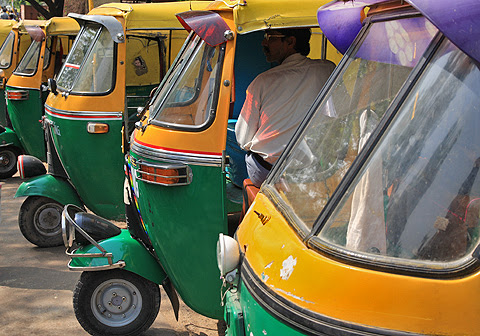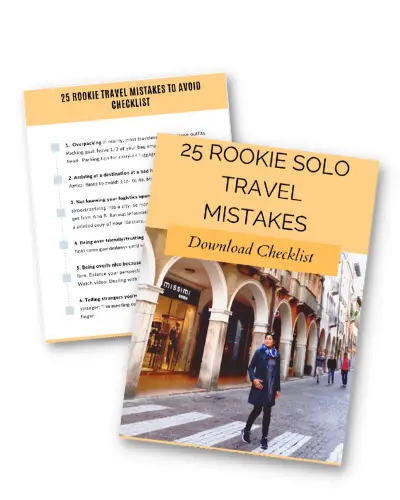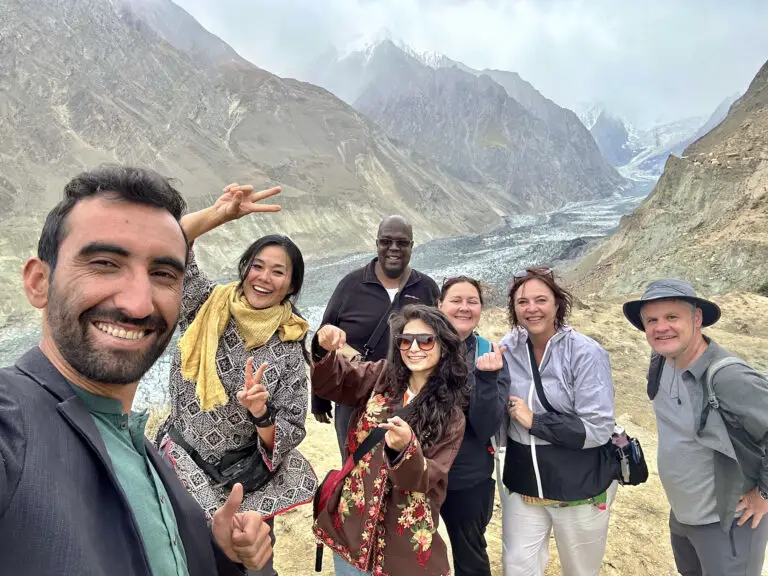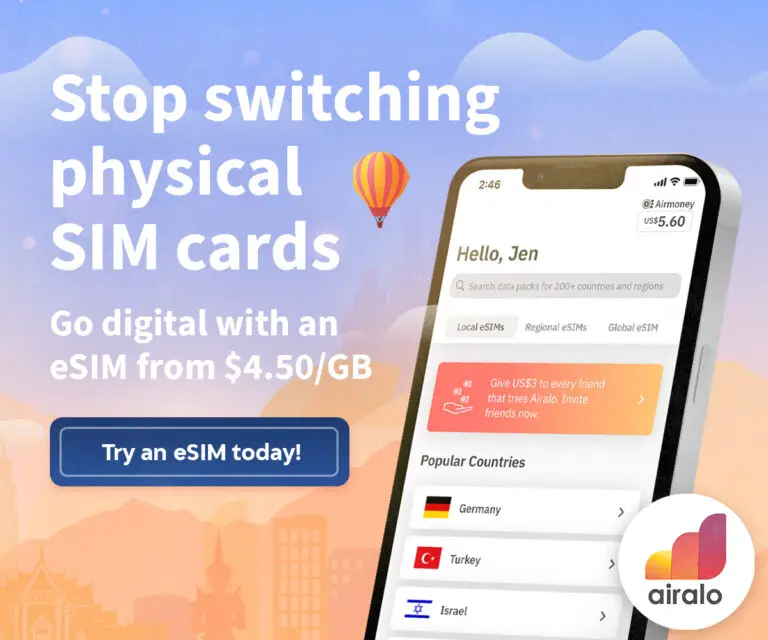Last Updated on December 21, 2023 by Christine Kaaloa
This post contains affiliate links. I have travel insurance on all my trips (get a quote). If you want to find an insurance plan based on your needs & budget, use this trip insurance finder tool . Read my guide on trip insurance options for U.S. Travelers.
.
My red-eye flight with India Air leaves at 1:15 AM tomorrow morning and India Air is allowing me to change my travel dates without an extra fee. In the meanwhile, my hotel is allowing me a late checkout until I figure out what I want to do.
Solo travel in India can feel exhausting and nerve-wracking
Table of Contents: Solo India, How to Haggle for a Taxi & a Dazzling Heart of Delhi’s Chandni Chowk
Truthfully, a much as I want to see more of India, the fatigue of scrambling to find my daily bearings in this crash course of solo travel is getting to me. It’s not easy to travel solo 24/7 with last-minute preparations made on-the-fly; at least, not in India and when you’re a newbie to solo travel. I’m excited to be experiencing travel on my own and feel empowered with each passing test. But I’m not used to winging it solo. It’s being thrown into the deep end without knowing how to swim.
I wish I planned better! I seek an oasis of calm, “a moment” of beauty and a bit of spoiled privilege to rejuvenate myself. None offers itself within the Delhi madhouse of honking horns, zig-zag driving, near-death-collisions, dirt, bugs, haggling, outdoor urinals and the constant visibility of poverty. Amidst it all, I realize there’s one place I’ve heard much about but forgotten to see… Delhi’s Chandni Chowk.
Read What to Do and See in Delhi on a Layover
How to Haggle for a Taxi in India
Everything is a Negotiation
As a tourist, most of the time you’re uncertain of whether a smile means you’ve just been scammed or if someone is going to ask you for rupees for it! Places with ‘fixed prices’ are a godsend vs that constant feeling that no matter how earnestly you haggle, you’re going to be a victim of a hiked up tourist price!
 Onward to Delhi’s Chandni Chowk!
Onward to Delhi’s Chandni Chowk!
Hailing an autorickshaw from the streets is tricky. If you’re not going in their direction, they don’t want to turn on their meters or you don’t like their price, they may turn you down and drive on. Don’t take it personally. I’ve been rejected more by Indian autorickshaw drivers than I have dates.
There is no “ART” or playfulness to my method of haggling a taxi. Huge tip here: I ASK A LOCAL what the going-rate is for my destination before hailing an auto! I learned this trick early off because I hate haggling. Locals are usually good at quotes and administer warnings about the taxis: “No more than 60 ruppee! If more then find another taxi. He is overcharging you.“. Indians can feel protective of females traveling alone ; even they don’t delight in dealing with autorickshaw and taxi guys.
Furthermore, I am armed with my new Indian vocabulary…
1 – The Indian head wobble. You’ll know it when you see it as most Indians do it for numerous things. It looks like they are gesturing, a NO but really, means “Okay sorta, why not?”
2 – The Chalo! hands (a “Go away” flicking of a hand as if shooing away flies)
I have two points to my closed negotiation with taxi drivers:
1) I state the rate I’ve been given by a local upfront OR
2) I tell the taxi driver I want to use the meter! (something most want to avoid )
The Traditional Heart of Deli’s Chandni Chowk
Delhi’s Chandni Chowk (or Moonlit Avenue) is a congested and historic marketplace of in the heart of Old Delhi with dilapidated havelis and small, winding streets and souks crowded with worker traffic, pedestrians and merchants specializing in a specific commodities. It’s a popular shopping area for local Indians.
Saris! Saris! Saris! A large gaggle of women gather in front of a shop, rummaging through fabric. A sale is underway.
Spices, jewelry, books, grains, sweets,… you name it, Chandi Chowk’s got it! I got my Dad’s kurta and dhoti here. The shops are old, the area’s like an alleyway of mazes and narrow streets. The traffic of people, workers and twig-like rickshaws carting heavy Indian women shoppers only add to it’s compact jungle, making it a weave-and-dodge act as you walk the streets. But then something else catches my eye…
Join one of my group adventures!
Dive into local culture, food and off-beaten-path gems without the stress
Chandni Chowk’s most interesting laborers …The Human Plows
Cows are sacred in India, so it’s a bold sight to see men doing the ‘mule work’, strapped to the yoke as the cows lazily look on! What do I mean?
In Chandni Chowk, a cargo of product or produce is transported via two methods (see pictures here):
1) It is strapped to the top of a worker’s head or
2) Loaded on a pull-cart wagon with one worker up front pulling, followed by two worker behind, pushing!
These cargo loads are monstrous and these men do not make it look easy! Their sweat pours with physical strain and uneasy facial twitches and winces. Thus, I call them the Human Plows (see more of my photos here)
Like worker bees and ants, each worker is necessary to pushing the giant wheel of commerce- the smallness and greatness of his destiny is enslaved to arduous manual labor and the daily contract of a few rupees! This gives me much respect for India’s workforce of men. It-is-what-it-is in extreme manual labor and a hard day of honest work. Despite the discomfort and the strain of their work, most of these hard-working men will make the time and energy amidst their work to lend a smile to my camera. They love having their picture taken & why shouldn’t they?…The work they do is phenomenal!
My Travel Survival Cheat Sheet
- eSim I’m using to stay connected abroad. Activate it before or on your trip!
- Skyroam– Global wifi (take 10% off with referral code GRRRLTRAVELER)
- Trip Insurance Finder Tool for budget travelers looking for trip insurance to fit specific needs.
- I get my adventure trip insurance from World Nomads trip insurance (they cover travel theft)
- Expedia for great weekend trip package deals
- Take your yoga traveling and book a yoga retreat/ training.
- Book hotels without a cancellation fee. Use this Hotel Comparison Tool to find the lowest prices!
- Book chic hostels with Hostelworld
- Ditch and store your luggage at local businesses for under $10/day
- 12goAsia Book trains and buses.
- Discover Cars finds the best car rental price quote.
- GRRRLTRAVELER Group Adventure trip : Travel with me beyond YouTube.
Is it safe to eat Street Food in India?
I’m getting progressively bolder about eating street food . Today I pull out all stops. I go crazy with sampling those foods off the streets.
Street food is a common & inexpensive. It’s like a fast food restaurant without a roof! A chai stand lends a table & bench for people to “sit & sip” or it may consist of only one person, squatting on a mat while brewing cups for willing squatters.
Food vendors sell a range of things- chaat (like Indian Chex Mix or mixed plates & you choose the mixing), puris, samosas, jalebis (a deep-fried breakfast pretzel soaked in sweet syrup), curries, etc… Anywhere nearby is ‘squat or stand’ real estate for patrons taking their meal-on-the-go.
Of course, I stick to safe food rule. I order foods, which are piping hot, boiled or fresh out of the fryer. No cold liquids (unless it’s bottled) or foods which have sat out a while. I love the Indian sweets and while they are neither boiled or fresh out of the cookery, I feel they’re still safe.
The cups, packages and bowls that hold street food is a novelty! No plastic knifes, forks or paper plates – everything is biodegradable trash. Small newspaper takeout packages carry samosas and burfis, etc… ; while takeout bowls for curries are made of banana leaves. On my trek in Nepal, I noticed one chaat vendor had made scoops from folded paper and his cups were of composition book pages containing a child’s homework on it.
Crazy, but I love it!

















